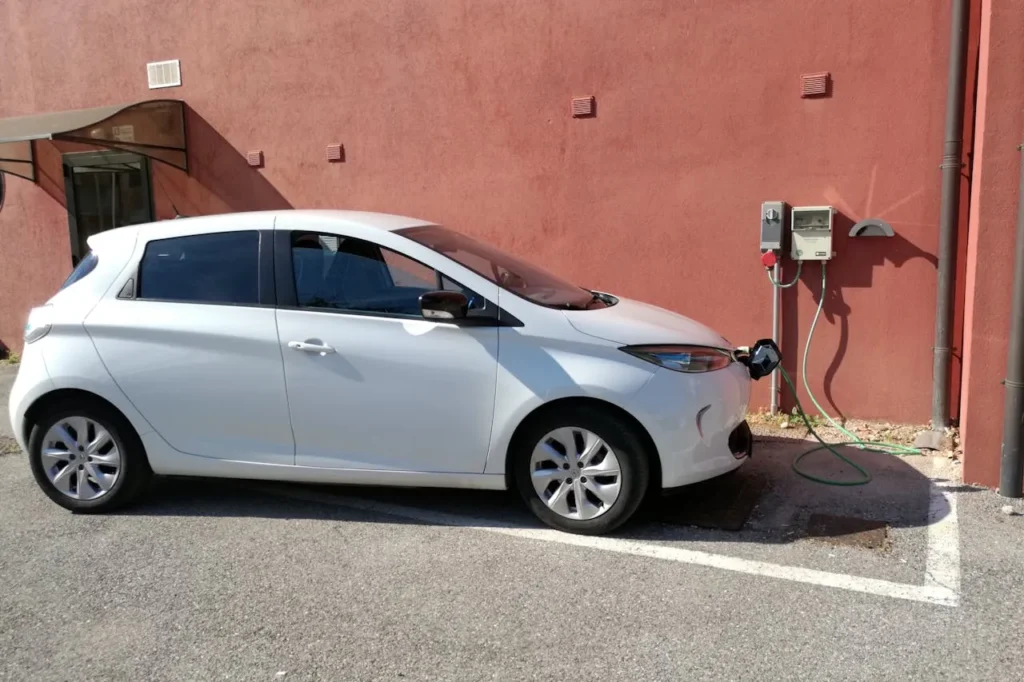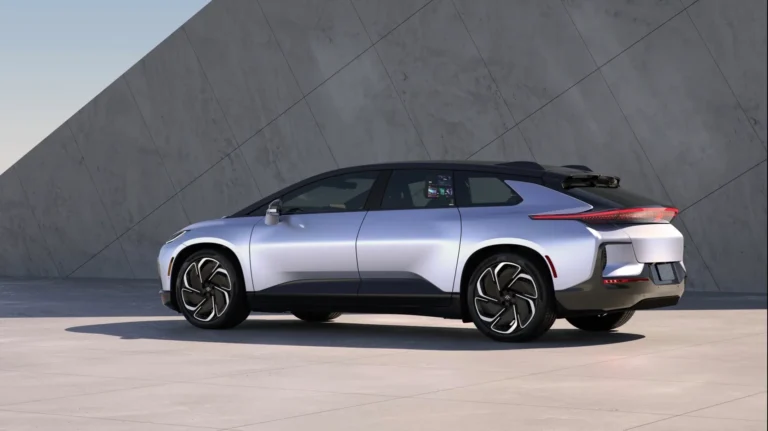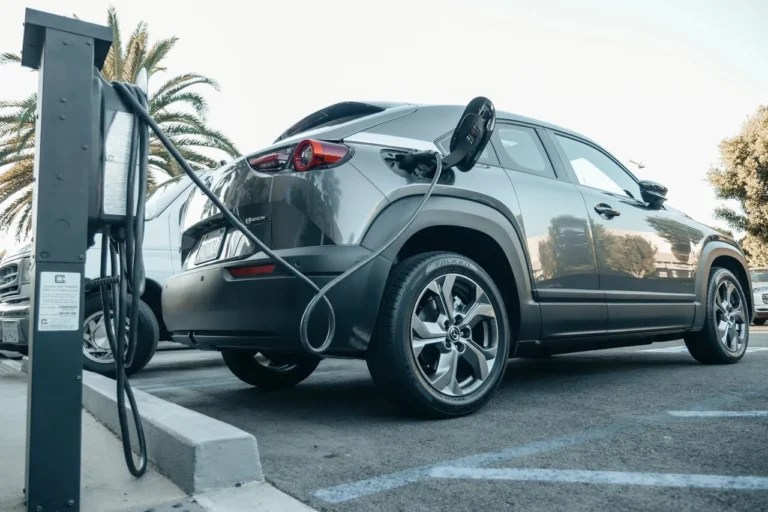
Next time you charge your electric vehicle (EV) in public, you might have artificial intelligence (AI) to thank. General Motors (GM) is leveraging AI and machine learning technologies to identify optimal locations for new EV charging stations across the United States. This initiative aligns with GM’s vision of a future defined by zero crashes, zero emissions, and zero congestion, all while making EV adoption more accessible and appealing for drivers.
Driving EV Adoption Through Expanded Charging Access
The demand for EVs is on the rise, with sales of General Motors EVs reaching record levels in 2024. However, one persistent barrier to broader EV adoption remains—the availability and accessibility of charging stations. Many potential customers are hesitant to transition to EVs due to concerns about finding convenient and reliable charging options during daily commutes or long trips.
To address these concerns, GM has proactively invested in collaborations with industry leaders to expand the EV charging infrastructure. These partnerships aim to enhance public charging access and provide a seamless and convenient experience for EV drivers.
Collaborations to Expand Charging Infrastructure
One of GM’s major collaborations is with EVgo, a leading fast-charging network provider. Together, they plan to construct a total of 2,850 direct current (DC) public charging stalls across the U.S. This includes 400 flagship fast-charging stations in key metropolitan areas. These locations will feature high-power 350kW chargers, designed to recharge vehicles quickly. Additional features such as pull-through layouts ensure easier maneuvering, while all-weather canopies and bright lighting enhance safety and convenience for users.
In another significant partnership, GM has teamed up with Pilot Travel Centers and EVgo to add up to 2,000 DC fast-charging stalls at 500 Pilot and Flying J travel centers nationwide. These travel centers are strategically located along major highways, making them ideal for long-distance travelers. Currently, over 130 of these charging locations are operational, providing EV drivers access to amenities like dining options, clean restrooms, and comfortable spaces while their vehicles charge. This approach addresses one of the biggest pain points for EV drivers: long-distance travel.
Using AI to Pinpoint the Best Charging Locations
Central to GM’s efforts to expand EV charging infrastructure is the use of AI and machine learning. GM data scientists employ advanced predictive analytics and geospatial algorithms to determine the most strategic locations for new charging stations. This technology allows GM to take a data-driven approach to site selection, ensuring that new chargers are placed where they are most needed and can be most effective.
The Role of AI in Site Selection
The process begins with treating site selection as a mathematical optimization problem. GM’s AI tools evaluate key criteria such as EV traffic patterns, proximity to existing charging stations, and anticipated growth in EV adoption in specific areas. By analyzing these factors, the algorithms can recommend locations that maximize accessibility and convenience for EV drivers.
To enhance transparency, the AI models generate detailed maps that visually illustrate the decision-making process. These maps help stakeholders understand why specific sites are prioritized. After the AI tools identify optimal locations, GM combines these recommendations with expert insights from engineers and urban planners. The final step involves collaboration with partners like Pilot Flying J and EVgo to bring these precisely identified charging opportunities to life.
Addressing Infrastructure Gaps
AI-driven insights help GM identify and address gaps in the existing charging infrastructure. For example, rural areas or underserved urban neighborhoods that lack sufficient charging options can be prioritized for new installations. This strategic approach ensures that EV ownership becomes a viable option for a broader range of drivers, including those who may have been previously excluded due to limited charging access.
Supporting a Sustainable Future
GM’s commitment to expanding EV charging infrastructure is part of its broader goal to create a sustainable transportation ecosystem. By addressing key challenges such as range anxiety and charging accessibility, GM is encouraging more drivers to make the switch to electric vehicles. This shift not only reduces greenhouse gas emissions but also contributes to cleaner air and a healthier environment.

Enhancing the EV Experience
The expansion of fast-charging stations equipped with user-friendly features is designed to improve the overall EV ownership experience. Drivers can enjoy faster charging times, safe and well-lit environments, and access to amenities while waiting for their vehicles to charge. These improvements make EVs a more attractive option for daily commutes, road trips, and long-distance travel.
Collaboration as a Catalyst for Change
GM recognizes that collaboration is key to achieving its sustainability goals. By partnering with established players in the charging infrastructure industry, GM is able to leverage their expertise and resources to accelerate the rollout of new charging stations. These partnerships ensure that the infrastructure keeps pace with the growing demand for EVs.
Artificial intelligence and machine learning are playing a transformative role in shaping the future of EV charging in America. GM’s data-driven approach to site selection ensures that charging stations are strategically placed to meet the needs of current and future EV drivers. By combining cutting-edge technology with strong industry collaborations, GM is addressing critical barriers to EV adoption and paving the way for a cleaner, more sustainable transportation future.
As EV sales continue to rise and the charging network expands, drivers can look forward to a more convenient and reliable charging experience. Thanks to AI-powered solutions, GM is not only supporting the growing EV market but also taking significant steps toward realizing its vision of a world with zero crashes, zero emissions, and zero congestion.






